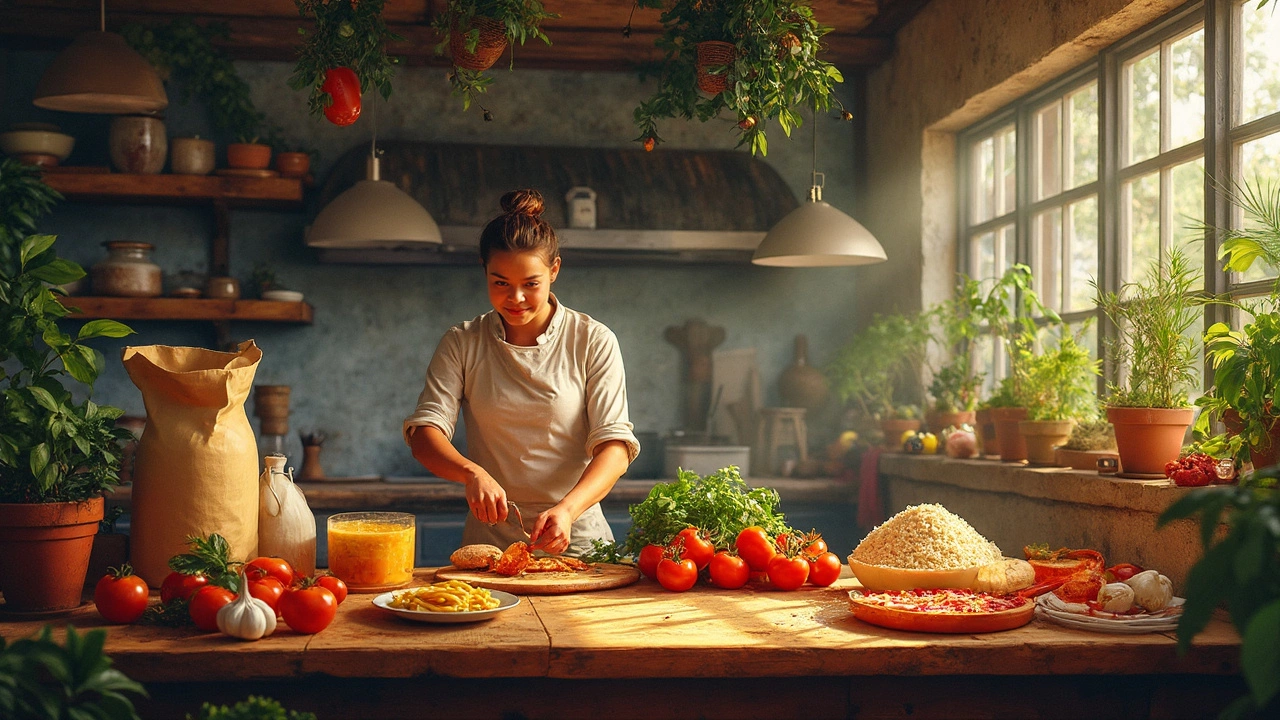Italian Immigrants and the Sweet Legacy They Brought
When Italians left their homeland in the 19th and 20th centuries, they didn’t just bring suitcases – they brought recipes. From a tiny kitchen in Sicily to a bustling street in New York, the flavors they carried changed the way we think about sweets. Think about the first time you tasted tiramisu or a crunchy cannoli: chances are, that bite traces back to an immigrant’s effort to share a piece of home.
Why Desserts Were the Perfect Way to Connect
Food is language, and desserts are the sweetest sentences. For many Italians, making a dessert was a way to celebrate a holiday, mark a birthday, or simply say “I miss you.” When they settled in new countries, these treats became a bridge to the community. A homemade tiramisu at a church gathering or a batch of cannoli at a street fair turned strangers into friends. The aroma of coffee‑soaked ladyfingers or fried pastry dough could instantly lift a mood and spark conversation.
That social power is why you still see Italian sweets at festivals, weddings, and family reunions across the globe. They’re not just foods; they’re memories packed in sugar and butter.
How Those Traditions Influence Today’s Recipes
Modern bakers love to remix classic Italian desserts. You’ll find brownie‑topped tiramisu, gluten‑free cannoli shells, and even vegan fudge inspired by the same buttery techniques used in traditional ricotta‑based pastries. Our own tag page shows posts about the science of fudge, the soft‑ball stage, and how to keep brownies fresh – all topics that tie back to the precision Italians used in their kitchens.
Take the classic cannoli: the crisp shell comes from a careful frying temperature, something Italian nuns perfected over generations. Today, food bloggers experiment with alternative flours, but the core idea – a crunchy shell filled with sweet ricotta – stays the same. The same goes for tiramisu. The balance of espresso, mascarpone, and cocoa is a chemistry lesson, and many of our posts explain that chemistry when they talk about temperature guides for fudge or why cookies rise.
So whenever you read a post about “What Does ‘Tiramisù’ Really Mean?” or “Who Invented Cannoli?” you’re actually seeing the ripple effect of those early immigrants. Their off‑the‑grid kitchens sparked a wave of curiosity that now fills recipe blogs, YouTube tutorials, and even big‑box grocery aisles.
If you’re looking to honor that heritage in your own kitchen, start simple. Grab a few ladyfingers, brew strong coffee, mix mascarpone with a touch of sugar, and let it set. Or fry a handful of dough rings and fill them with sweetened ricotta. You’ll be tasting a tradition that traveled across oceans and still feels fresh today.
Remember, every time you bake a slice of Italian-inspired cake, you’re continuing a story that began when immigrants first set foot in a new land, hoping a bite of home would make everything feel a little less foreign. That story is still being written in kitchens everywhere – yours could be the next chapter.

Italian Foods That Found a Home in Brazil: From Tiramisu to Pasta
Italian food is a big deal in Brazil, but where did those classic dishes come from? This article digs into the main Italian foods brought over by immigrants and how they've shaped Brazilian cuisine. You'll find out how recipes got local twists, why tiramisu isn't just a dessert, and some fun stories from real kitchens. Plus, there are tips on how to spot authentic Italian flavors the next time you eat out or cook at home. Get ready to understand why Italian influence goes way beyond pizza and spaghetti.
View More




